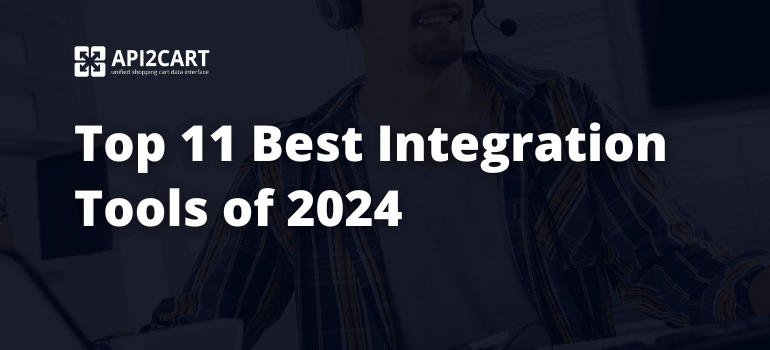
Every SaaS provider, who wants to stay in the picture and boost productivity, should look for opportunities that will drive competitive advantage for their business. Application Programming Interface (API) has a direct relation to eCommerce enhancement as never before. It is considered to be a key enabler to empower human interactions in the business-to-business environment. However, this communication is invisible for users but in the same time it appears to be robust way to satisfy all customers’ unique needs and demands.
Typically an application or device user has no idea their experience includes the integration of one or more 3rd party APIs. They don’t know that once they load the app, it’s making calls to other remote services, pulling a range of content and data at their request.
We find a close parallel among common household utility dependency. Use of water, electricity, even telephone, is done without understanding the complexity of underlying pipes and wires carrying something to and from our homes to local providers. However, we do recognize those pipes and wires exist.
With API-integrated apps and devices, everything should work so easily the user may never need to know that the app relies on interacting with a variety of platforms. The app’s connection to one or more APIs should always be an invisible wire to the user.
Examples and Exceptions
Siri, perhaps one of the most sophisticated and seamless multi-platform experiences on mobile devices today, magically connects users to dozens of 3rd party platforms without them knowing and without them needing to know. News, weather, sports scores, directions, scheduling appointments and much more are delivered by way of the most organic voice-controlled interface. Content and service-generated data arrive without the need of decision, selection or login.
We experience subtle but advanced integrations all the time now — even through the browser. When buying movie tickets, that complimentary movie review displays naturally. When posting a video or photo link to Twitter or Facebook, the thumbnail, title and description appear instantly. I’ve recently been able to enter my gas utility account number and zip code to qualify for a product rebate. The account was validated and rebate applied without missing a beat.
There are times when an otherwise smooth experience gets disrupted. Prompting the user to choose among services, kicking them out to webpages for login or preventing them from accessing certain data are just a few examples when the use of APIs reveal themselves.
Sometimes, this initial disruption is essential to maintain or guarantee secured access to financial (think Paypal verification) or health-related data. User trust has allowed for more fluid integrations. As devices become regulated and secure, user logins through methods like single sign-on can bridge these services more seamlessly.
Upholding the Invisible Wire
App developers and designers are inherently driven to create great experiences. On behalf of their users, they integrate data. When there is a choice, the preference must go to those APIs with an optimal performance that is managed to support seamless integration.
For their part, platforms offering APIs to app developers should help support these experiences by listening to developers need; Understand how the API is being used, in what context and support with code and documentation that reflects best practices.
As we see the proliferation of API-served content and data among devices available now and into the future, integration should only get easier for app designers and developers. With superior management tools, multiple platforms can consolidate at the cloud level, combining data sources into one easy-to-integrate stream.
Upholding great user experiences should remain common practice reflecting collaboration between a data provider and app builder. The data marriage of services like telephony, location, messaging, entertainment content and others should always remain hidden to the user. They end user should never have to trip over that invisible API wire.
Hope that you find the article useful and understand this great technology better. It’s hard to escape the conclusion that API integration with various shopping carts appears to be a goodie bag for service-based companies. However, establishing data interaction between different apps and platforms requires strong technical knowledge of the specific logic of each platform.
Unified API to access various shopping platforms can solve the challenge at once. API2Cart provides its customers with a single API to perform integration with 40+ industry leaders like Magento, WooCommerce, BigCommerce, PrestaShop and others. Easily retrieve, add, update and sync all needed data, including products, customers and orders with related info.
In case you provide services in such industries as orderand inventory, shipping, accounting, repricing or others and are interested in your business enhancement, schedule a FREE Consultation with our expert. We are always ready to provide advise and solve all the issues.



